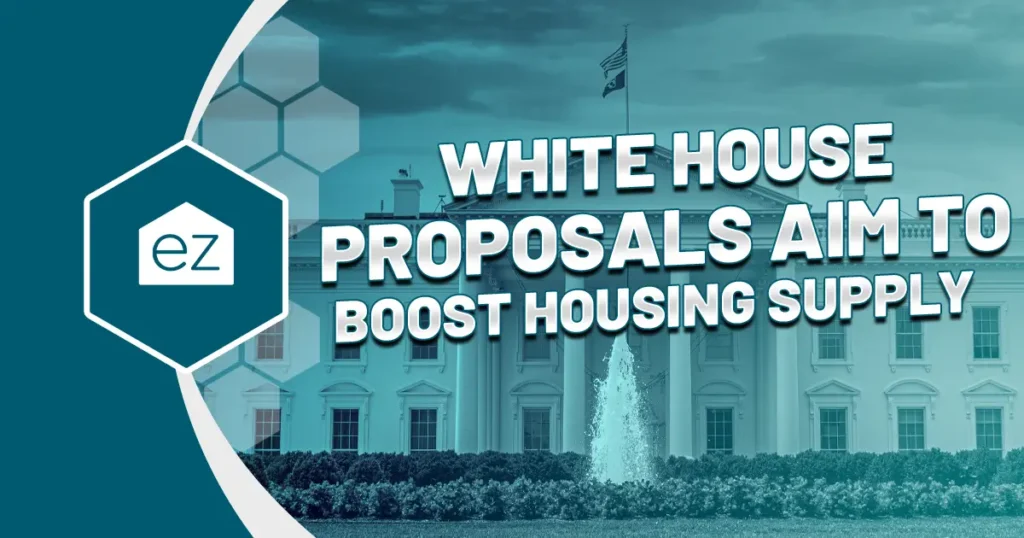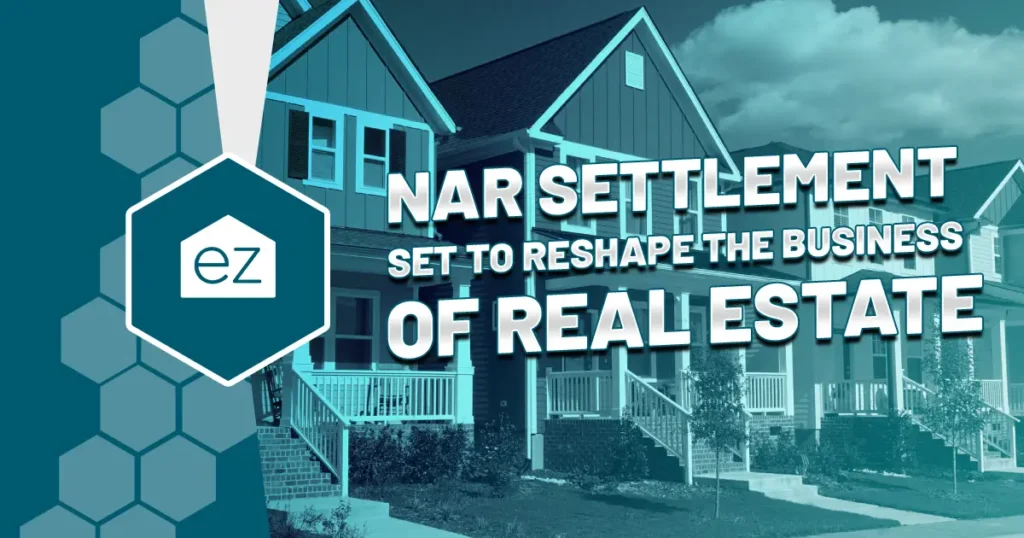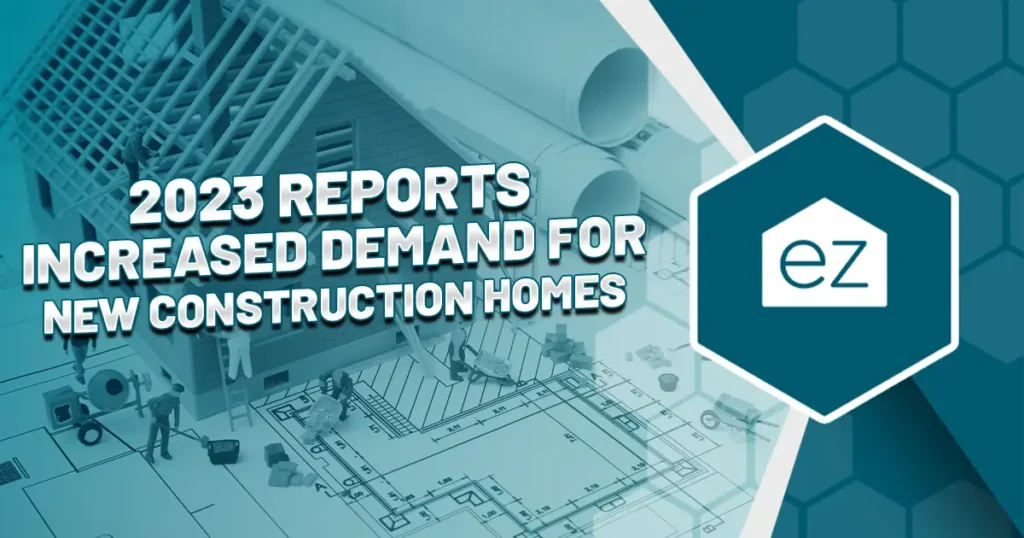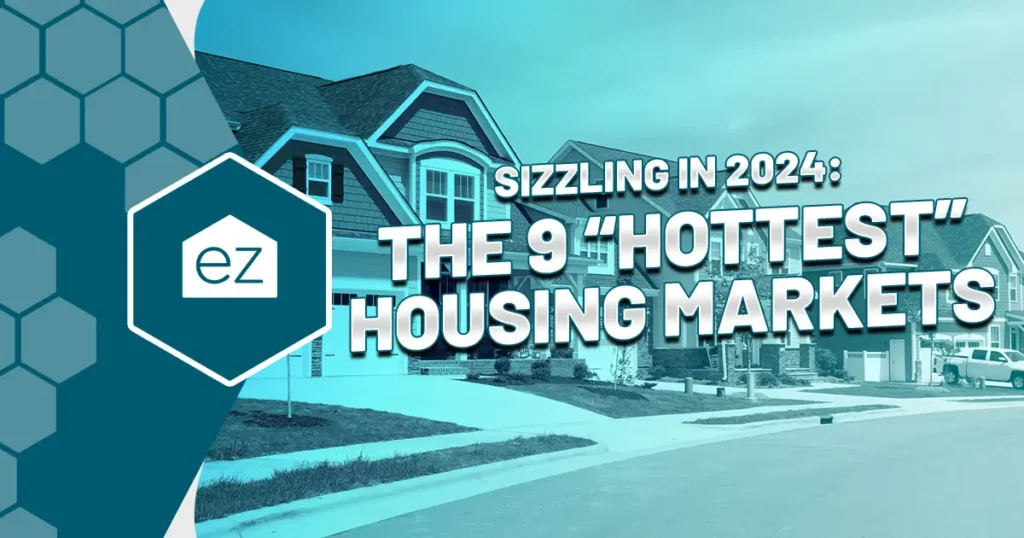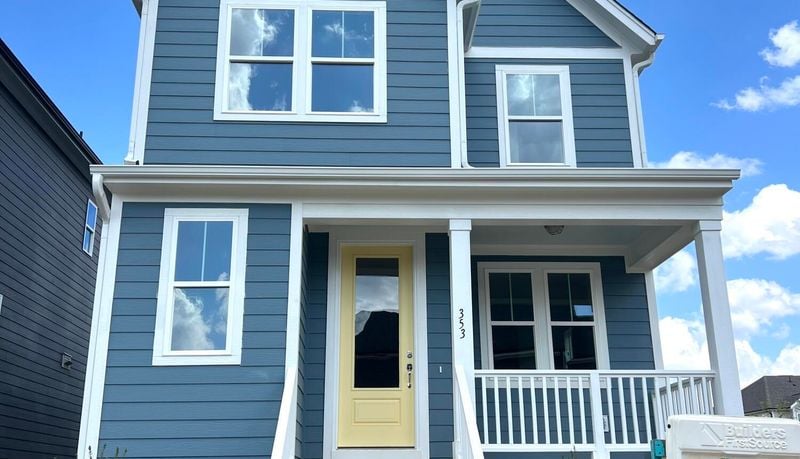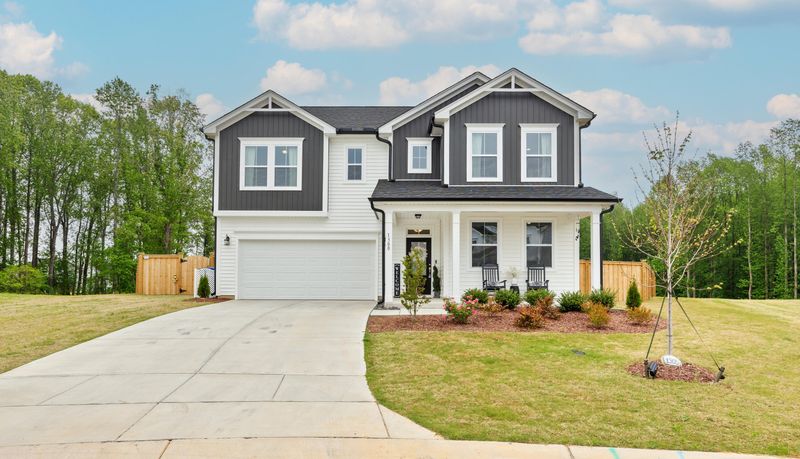Be Aware: Homeowners Insurance Is On the Rise
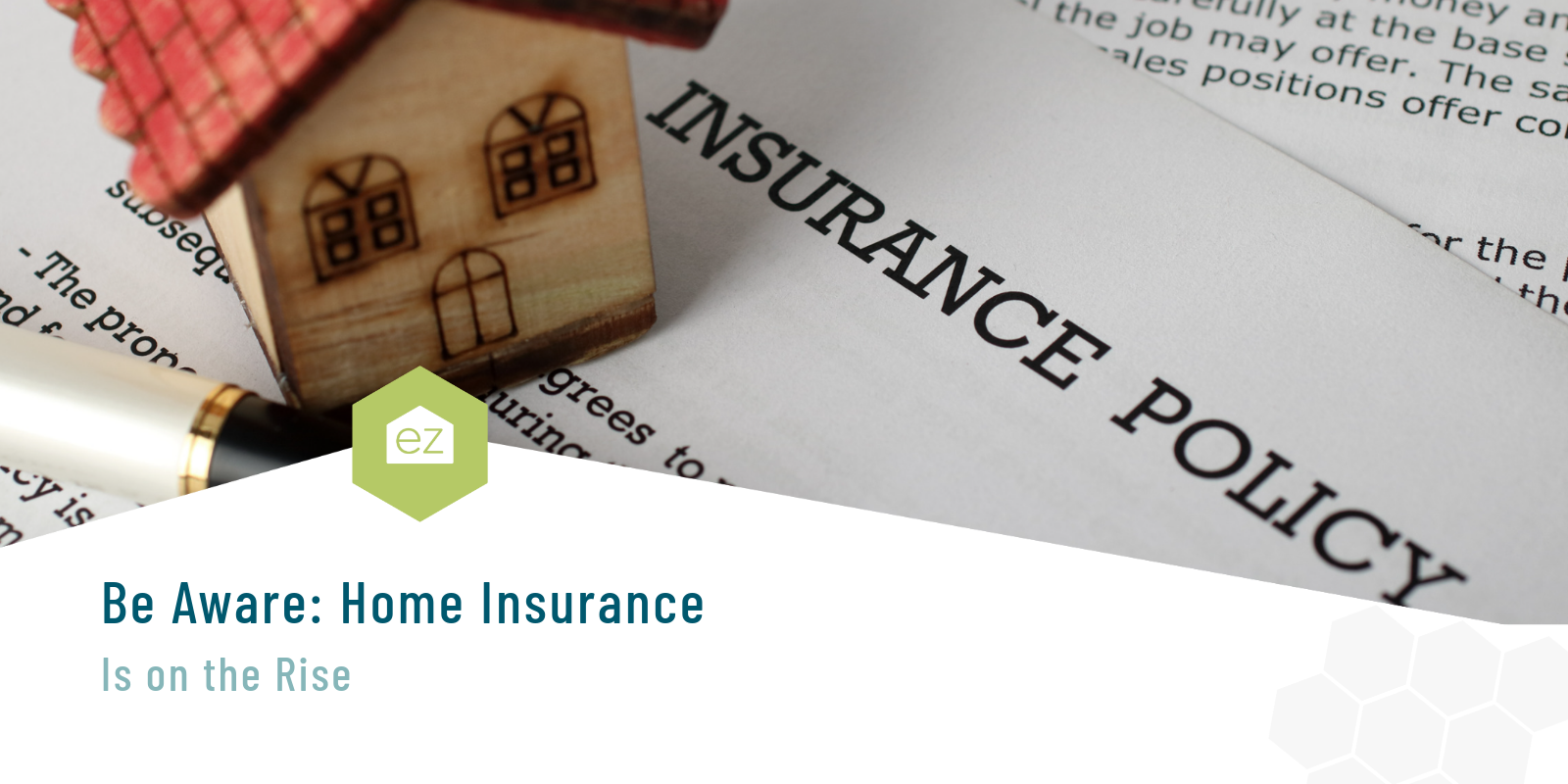
Be Aware: Homeowners Insurance Is On the Rise
The average premium for homeowners insurance rose 12% from 2021 to 2022, with an average annual increase of $134. That’s a stark jump for one year. In fact, the jump was so significant that it’s worth taking a minute and asking why insurance is rising. Is it because of the double-digit increases in home values, or is something else contributing?
Insurance rises go back a few years
The trend isn’t necessarily new. In fact, we can see that homeowners insurance rates have been rising for a few years. Over 90% of homeowners say their insurance premiums increased between 2021 to 2022.
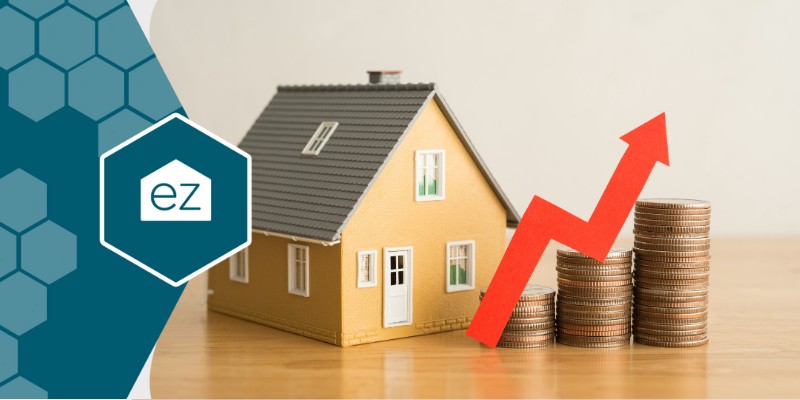
An NAIC homeowners insurance report from a few years back also pointed to key trends that could continue to drive up homeowners insurance rates. For example, between 2017 and 2018, the average premiums on a countrywide basis went up by 3%. More recent numbers, such as the 2021-2022 rate increases, suggest that these increases were mild. We may be in a period when homeowners insurance becomes more expensive year after year.
Weather events impacting homeowners insurance
Home buyers typically purchase homeowners insurance for protection against unforeseen damage from floods and natural disasters.
According to the Insurance Information Institute, or Triple-I, roughly 93% of homeowners have some sort of active homeowners insurance policy. As a reminder, these policies can not only protect the value of the home but the goods that you keep in the home. It’s the insurance that kicks in if your house were to suddenly be shredded by a tornado or flooded in a 100-year rain event.
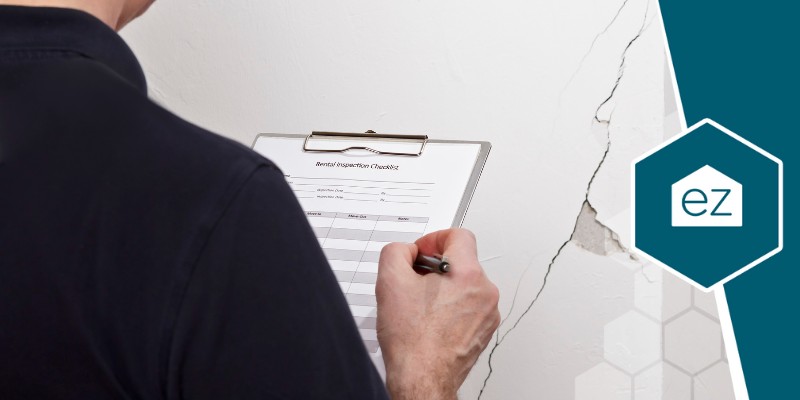
Given how 70% of claims are made for weather-related damages, and 2021 reported $145 billion in damages from wildfires, tornadoes, flooding, and other weather events, it might suggest that natural disasters are at an all-time high. But, according to Triple-I, about 6% of all homes filed an insurance claim in 2021.
Is inflation contributing?
Part of the rising rates is driven by the possibility of more insurance claims from more severe weather events or climate change. But there’s also the worry that inflation could drive these costs.
As everything gets more expensive, from the materials needed to build and repair damaged homes to the labor doing the work, insurers have to pay more. And, if homeowners have higher home valuations and their home is damaged, it could lead to potentially higher claims.
So insurers could be buffering against price inflation throughout the real estate market by passing on cost increases through homeowners insurance. This, in turn, makes it more expensive to acquire the insurance people need to buy a home.
Higher home values
Once you buy a home, many Americans forget to review their homeowner’s policy and adjust for appreciation and value. Many real estate markets experiencing double-digit home value gains could leave owners on the hook for thousands of dollars when making home repairs.
However, for those that do update policies to reflect accurate home values and repair costs, it ultimately increases their homeowner’s insurance premiums. And homeowners are forced to purchase from a different insurer because they’ve been dropped from their current carrier; they’re often also paying out more partly because of their increased home value.
Changes to risk maps
The maps insurers use to assess a property’s risk have been updated recently. FEMA updated its flood risk models in 2021. The new flood maps enhanced data on the impacts of storm surges, high rain, and flooding to redraw which properties were under a flood risk. This caused some coastal properties to see increases from $700-$800 to $4,000-$5,000.
And after several years of recording-setting wildfires, fire-prone areas are also being reassessed. States like Oregon and California aim to inform homeowners of their potential risks by creating and managing wildfire risk maps. These maps, or other private maps, are used by insurers to assess this risk. Fire damage is increasingly cost-prohibitive to repair or rebuild from.
Insurers opting out of certain markets or homes
For homeowners going green and installing solar panels on their homes, learning they’re being dropped from their insurer has been a shock. It’s something EZ Search Founder Preston Guyton recently experienced firsthand with his South Carolina home.
“After being told our current carrier no longer insures homes with solar panels, I had to shop around. This led me to pay 2.5 times more than my insurance policy last year,” Guyton said. “And I found many similar stories in talking with other partners.”
And he’s not alone. Homeowners in Florida have been surprised by the same notice.
But it’s not just adding solar panels causing owners to be dropped. Out west, insurers are dropping homes in areas with a higher wildfire risk, leading some owners to pay up to 800% more for the needed coverage.
In Florida, homeowners are being dropped because insurers are limiting the number of policies they write after financial losses from fraud lawsuits. Some are being dropped because of changing underwriting standards like homes being declared “too old” or not having an updated roof.
The future of homeowner insurance rates
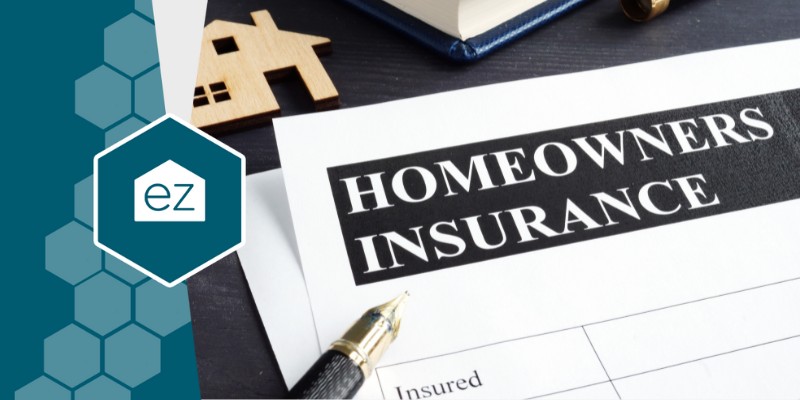
The good news is 2023 has been a relatively calm year for natural disasters so far, with the NOAA reporting that no major weather event has yet cost over $1 billion in damages in the US. But it’s still early in the year, with tornado season just starting and wildfire and hurricane season looming.
Anyone in a higher-risk area like Tornado Alley or along the coasts, where there is always the risk of hurricanes, should keep these increasing rates in mind when preparing for homeowners insurance renewal.
Start Your Home Search
Preston Guyton
Share this Post
Related Articles
Real Estate News
White House Proposals Aim to Boost Housing Supply
Real Estate News
NAR Settlement Set to Reshape The Business of Real Estate
Real Estate News
2023 Reports Increased Demand for New Construction Homes
Real Estate News
